Have you ever wished you could go back in time and correct a mistake you made? Or return to the loneliest and most lost moments of your life to encourage yourself with “Hang in there, everything will be okay.“
Many scientists have dedicated their lives to working on this idea, only to ultimately realize that time travel and altering the past is impossible. There are paradoxes, such as the “Grandfather Paradox”, that prevent them from doing so.
However, some scientists refuse to give up. They are increasingly coming up with new ideas about time travel that allow them to avoid confronting their grandfathers. For example, we could travel to the past in a “view only” mode, or the universe could actually have different timelines, allowing machines to let people jump back and forth between them.
In this article, let’s explore these potentially feasible ideas about time travel.

Creating a time machine is the dream of generations of scientists.
To build a time machine, we need a form of matter with negative energy
Today, what we know about time is based on the theory of general relativity. In this theory, Albert Einstein combined space and time into a single entity – “spacetime”.
General relativity and the concept of spacetime have allowed 20th-century scientists to explain most phenomena in the universe in a significantly complex way that no previous theory could match.
What Einstein wrote and predicted has been validated over the past 100 years, with the most recent discovery being the existence of gravitational waves. This once again affirms the undeniable correctness of relativity and how time operates within that framework.
Thus, the challenge for the idea of time travel is that it must pass the test of relativity.
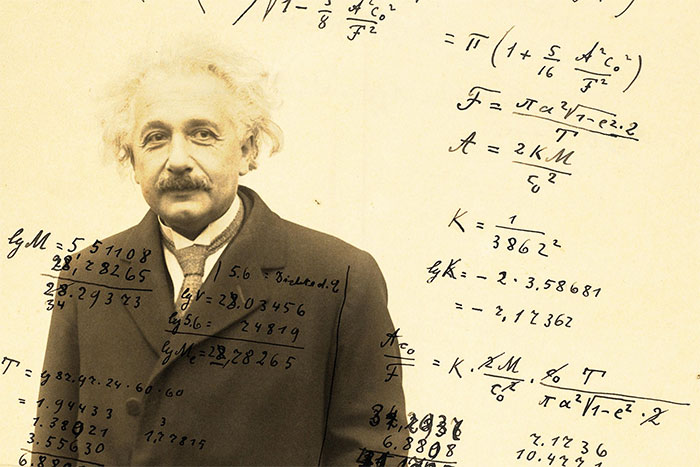
If you want to time travel, you must pass Einstein’s test.
For decades, mathematicians have discovered that they can write equations describing the idea of time travel, and all these equations are consistent with Einstein’s theory.
However, the problem is that physics is not merely mathematics. Every equation becomes meaningless if it does not align with reality. Accordingly, there are two challenges that hinder mathematical equations from becoming reality:
The first issue is that a time machine – if it were to be built – would require a strange form of matter. This matter must possess negative energy. Meanwhile, everything we see in our daily lives has positive energy.
Humans currently have not grasped negative energy matter. However, another theory called quantum mechanics suggests that negative energy matter does indeed exist. It is still being created in fleeting explosive moments, at the quantum scale of extremely tiny particles.
Currently, there are no equations or scientific evidence that state humans cannot produce negative energy matter in large quantities. Therefore, this issue may just be a limitation of current technology. At some point, when we understand the quantum world better, we may find a way to harness negative energy matter.
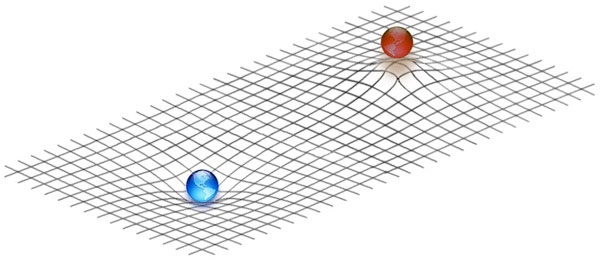
Positive energy matter curves spacetime, while negative energy matter bulges spacetime.
Resolving the Grandfather Paradox
Moving on to the second barrier that challenges the idea of time travel, it seems to contradict logic and creates a series of paradoxes. The most famous of these is the “Grandfather Paradox.” This paradox states that:
A time traveler goes back to the past and kills their own grandfather before he marries their grandmother. As a result, their father would never be born. Consequently, this leads to the time traveler themselves never being born.
So how could they have traveled back in time? But if they do not go back in time to kill their grandfather, then their grandfather must still be alive, which means they would still be born, and then go back to kill their grandfather. This paradox effectively negates the existence of both scenarios.
A broader interpretation of the Grandfather Paradox is that it would occur whenever an event leads to a change in the past, but that very change prevents the event from occurring in the first place. This is a pure logical paradox and demonstrates that the existence of a time traveler is impossible.
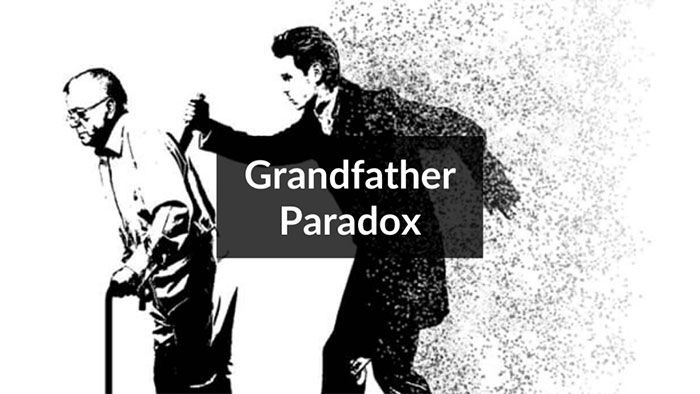
There is a common misconception in science fiction films that directors believe paradoxes are something that humans “create.” Therefore, to avoid time travel paradoxes, in films, the main characters are always warned not to change any events that have already occurred when they go back in time.
We can easily see this logic appearing in old films, from decades ago, such as the Back to the Future trilogy. But unfortunately, in real life, a paradox is not an event that “occurs,” and humans cannot control it by will.
The time travel paradox is a purely theoretical concept, it is a contradiction within the theory itself and has never “occurred” in reality, and may never occur.
In other words, the paradox not only implies that time travel is a dangerous endeavor, but it also suggests that going back to the past is simply something that no one, no civilization, and no form of supernatural consciousness can achieve.
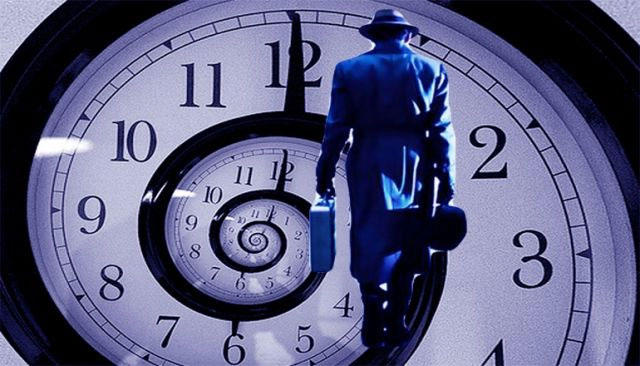
Going back to the past is an impossibility.
This is one of the motivations for theoretical physicist Stephen Hawking to suggest that our reality, along with its past years, resembles a flow of time that is strictly governed by physics.
Hawking also conducted a simple experiment to prove that time travel is impossible. He wrote an invitation detailing the location and time of a party he was hosting and sent it to the future thousands of years later to invite future people to come back to his party.
But how could he send that letter to future people thousands of years later? It turns out that it is quite simple; just place the invitation in a sturdy metal box and bury it underground.
Thousands of years later, when future people dig it up, they will know Hawking’s location and his “GPS” position on the timeline. If a time machine existed to travel back to the past, future people would surely attend Hawking’s party, as he was a theoretical physicist of significant repute among humanity.
Unfortunately, Hawking waited all day, but no future people showed up at his party.
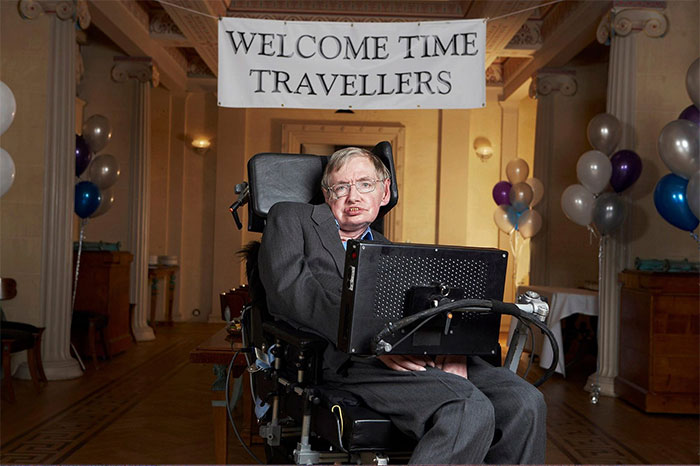
“Welcome, time travelers.”
Under what circumstances is time travel possible?
However, does the absence of future people at Hawking’s party prove that they cannot travel back in time? According to a theory proposed by Russian theoretical physicist Igor Dmitriyevich Novikov in the 1980s, not necessarily.
It is called the Novikov Self-Consistency Principle, which states: “You can travel back in time, but you cannot change the past, in any way, even appearing before Hawking at his party is impossible.”
Physics always has a way to maintain the consistency of the history it has created. Therefore, if you could truly travel back in time, you might only exist there in an observational form, like a person with “view only” rights on a Google Doc without the ability to “edit” it.
But what good is time travel if you cannot change the past? At the very least, it allows us to verify history. If you cannot change history, at least you would know what actually happened and verify the accuracy of what historians have recorded.
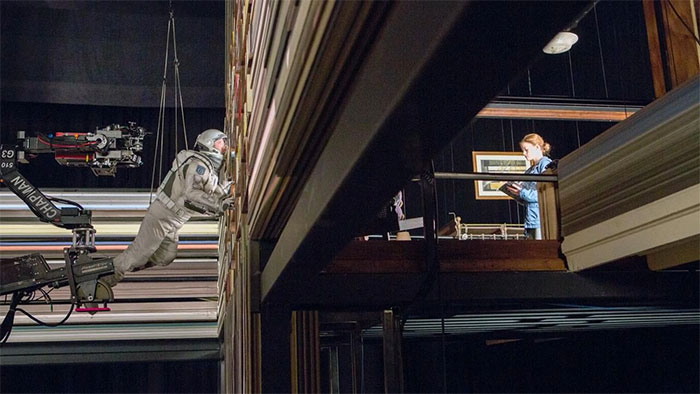
According to theoretical physicist Igor Dmitriyevich Novikov, you can travel back to the past in a “view only” mode.
However, even the principle of self-consistent Novikov alone cannot resolve all paradoxes. In a recent paper by physicist Barak Shoshany at Brock University, he and his students, Jacob Hauser and Jared Wogan, demonstrated this and asserted that the idea of humans returning to their past in a “view only” form is also logically unfeasible.
Instead, Shoshany proposed an alternative idea about time travel, one that involves multiple histories where we can actually change a particular history. In other words, Shoshany’s concept resembles what we have seen in Marvel movies, where multiple timelines exist simultaneously. This could resolve any time travel paradox, including the grandfather paradox.
Shoshany explained that when you step out of the time machine, you will land in a different timeline, not your original one. In that timeline, you can do anything you wish, including killing your grandfather, without altering anything in your original timeline.
Since your grandfather in your main timeline is still alive, your father will still be born, and so will you. There would be no paradox occurring here.
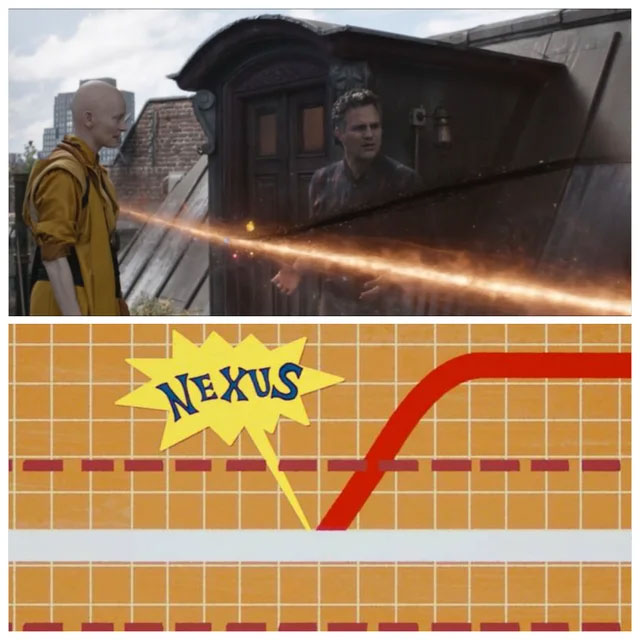
“After studying time travel paradoxes for the past three years, I increasingly believe that time travel is feasible, but only if our universe allows multiple histories to coexist. So, is it possible or not?“, Shoshany stated.
It turns out that quantum mechanics indeed implies that our universe exists with parallel timelines, along with the existence of a multiverse. For example, whether Schrödinger’s cat is alive or dead. It can be alive in one timeline and dead in another. Therefore, we can say it is both alive and dead in our universe.
But ultimately, these are just speculations. Scientists like Shoshany are still researching to develop a specific theory of time travel, in the context of multiple histories existing alongside general relativity.
Of course, even if we attempt to formulate such a theory, it will not be sufficient to prove that time travel is possible. But at the very least, it means that time travel is not ruled out by paradoxes.
Thus, humanity has every right to dream, even to seriously pursue the idea of creating a time machine – even if it is precisely a machine that jumps between different timelines and universes.





















































